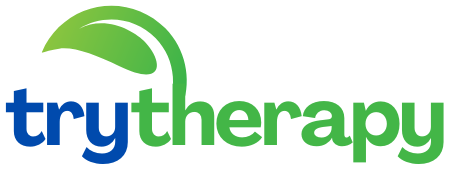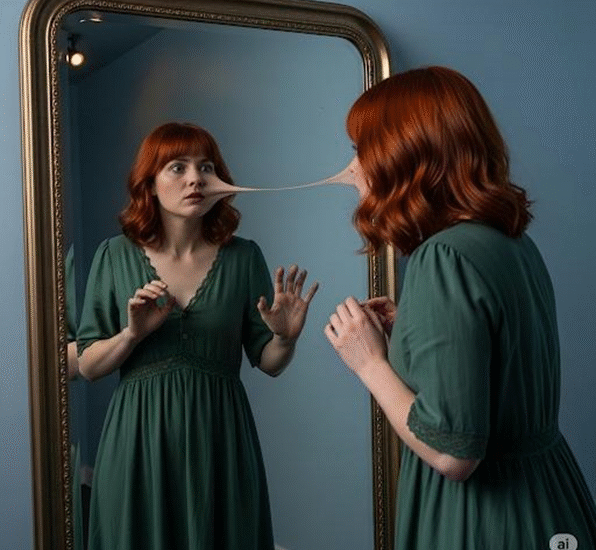Body dysmorphia can distort self-perception and diminish quality of life. Explore therapeutic approaches that help individuals rebuild a healthier relationship with their appearance and self-worth. I still remember my first session with Sade, a bright college student who couldn’t leave her dorm without spending three hours applying makeup to “hide” flaws only she could see. As she described avoiding mirrors yet obsessively checking reflections in windows, I recognized the cruel paradox of body dysmorphia, being simultaneously consumed by and terrified of one’s own appearance.
This condition goes far beyond ordinary insecurity. It’s as if the brain develops its own funhouse mirror, distorting perceptions until no amount of reassurance can penetrate the conviction of being grotesque. The anguish in my clients’ voices when describing their “flaws” stays with me, the absolute certainty that they’re repulsive, despite all evidence to the contrary.
The Therapy Room as a Safe Harbor
Traditional talk therapy often falls short with body dysmorphia because the distress feels so viscerally real. Cognitive Behavioral Therapy (CBT) forms our foundation, but I’ve learned to adapt it carefully. Early on, I made the mistake of immediately challenging distortions “But your nose looks completely normal!” only to have clients shut down. Now I start by validating the emotional experience: “It must be exhausting to feel at war with your reflection every day.”
We gradually introduce the radical idea that their perception might be unreliable. I often use the example of how cameras can distort proportions, if a lens can lie, maybe our eyes can too. This gentle framing helps create space for doubt in their negative self-perception.
Beyond Talk: Experiential Techniques That Help
Traditional “homework” often needs creative adaptation. Mirror exposure therapy, gradually facing reflections without compulsive checking or avoidance works best when tailored to the individual. For one client, we began by having them describe my office while deliberately avoiding mirrors. Later, we progressed to glancing at a small hand mirror while discussing neutral topics.
I’ve found incorporating other senses helps ground clients in reality. Having them touch their “flawed” feature while describing the actual physical sensations, “cool, smooth skin” rather than “disgusting bumps” can begin rewiring the brain-body connection. Art therapy techniques, like sculpting or drawing their perceived versus actual appearance, sometimes reveal startling gaps between internal and external reality.
Addressing the Hidden Triggers
Beneath the surface preoccupation with appearance often lie deeper wounds. Many of my clients with body dysmorphia have histories of: Childhood bullying about their looks, Perfectionistic parenting that emphasized appearance and also, Trauma that made their body feel unsafe
One breakthrough moment came when a client realized her obsession with her “deformed” hands began after an abusive partner had criticized them. The body part became a symbolic repository for unprocessed pain.
The Social Media Dilemma
Today’s therapy must account for the endless scroll of “perfect” images bombarding my clients. We analyze how editing apps create impossible standards, but more importantly, we explore the emotional aftermath of comparison. I often have clients conduct experiments following body-positive accounts for a week and noting how they feel versus time spent on “fitspo” pages. The results frequently surprise them.
Medication as an Ally
Healing from body dysmorphia isn’t about achieving some arbitrary standard of beauty, it’s about reclaiming the right to move through the world without being haunted by your own reflection. That freedom is what we work toward, one small step at a time. While therapy forms our cornerstone, I’ve seen certain SSRIs help turn down the volume on obsessive thoughts enough for therapy to take hold. The relief when a client reports spending “only” thirty minutes on appearance rituals instead of three hours reminds me that healing comes in increments.
Celebrating Non-Appearance Worth
A pivotal moment comes when clients begin defining themselves beyond their mirror image. We cultivate this by: Identifying activities where they lose self-consciousness, Developing skills unrelated to appearance and Practicing receiving compliments about non-physical traits
One client teared up when her book club praised her analysis skills, “They noticed something about me besides my face.”
The Long Road to Self-Acceptance

Progress in body dysmorphia treatment rarely follows a straight line. There are weeks when old thought patterns resurface, especially during stress. What changes is the client’s ability to recognize these episodes as temporary rather than truth.
The most profound moments come when clients report small victories wearing shorts despite thigh anxiety, or attending an event without makeup. These aren’t just behavioral changes but tectonic shifts in self-relationship. As one client put it, “I’m learning to see myself as a whole person, not just a collection of flaws.”
References
Phillips, K. A., & colleagues. (2020). Body dysmorphic disorder: A treatment synthesis and consensus on clinical management. Frontiers in Psychiatry, 11, Article 582. https://doi.org/10.3389/fpsyt.2020.00582
Mayo Clinic Staff. (2022). Body dysmorphic disorder: Diagnosis and treatment. Mayo Clinic. https://www.mayoclinic.org/diseases-conditions/body-dysmorphic-disorder/diagnosis-treatment/drc-20353944
International OCD Foundation. (n.d.). A therapist’s guide for the treatment of body dysmorphic disorder. https://bdd.iocdf.org/professionals/therapists-guide-to-bdd-tx/
National Institute for Health and Care Excellence. (2024). Obsessive-compulsive disorder and body dysmorphic disorder: Recognition, assessment and treatment (NICE guideline CG31). https://www.nice.org.uk/guidance/cg31

